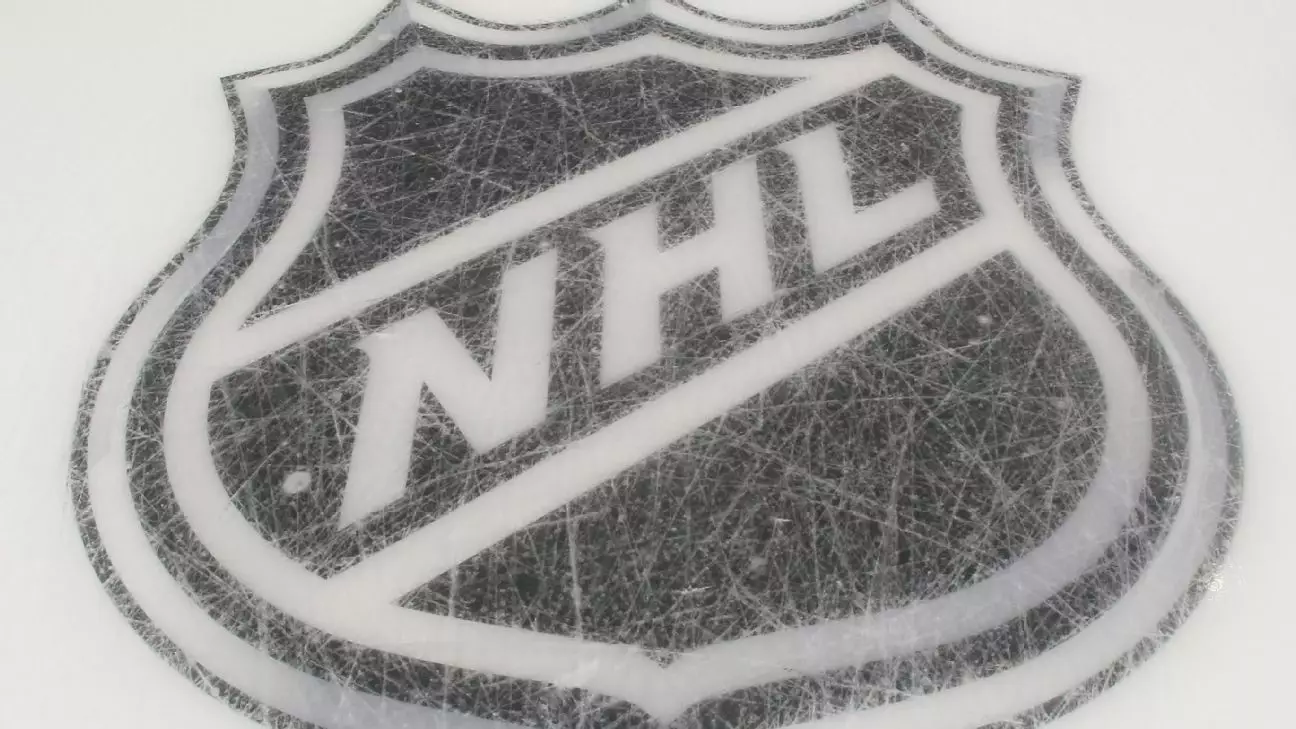As the NHL prepares for its 2025 draft, significant changes are set to reshape how this event unfolds, bringing with them both challenges and opportunities. The announcement that the draft will take place on June 27-28 at L.A. Live’s Peacock Theatre indicates a strategic shift in venue and approach for a league seeking to modernize and engage its fanbase. This momentous occasion will be further heightened by the presence of NHL Commissioner Gary Bettman, who will take on the role of announcing each first-round pick. As Bettman notes, it is not often that he finds himself in this spotlight, having typically resided in a role more centered around ceremonious duties. This newfound focus on Gameready is symbolic of a broader transition within the league.
While the appointment of Bettman to this prominent role is a nod to the desire for a more centralized figure during drafting, it also underscores the necessity to address persistent fan dissent towards his leadership. Bettman’s history is replete with controversial decisions that polarize opinions among fans; thus, this transition has been met with skepticism by some. However, Bettman emphasizes that this change arose from teams expressing a desire for a new approach, highlighting the necessity for adaptability in a changing sports landscape.
One of the most notable alterations in the NHL draft process will be the adoption of a decentralized model, a strategy that has long been entrenched in professional leagues like the NFL and NBA. Under this format, team personnel will engage from their home locations, allowing for a seamless integration of remote participation. The COVID-19 pandemic had already paved the way for virtual adaptations, forcing the NHL to explore new methodologies for conducting the event. While the return to in-person drafts had been anticipated, the choice to embrace a hybrid model reveals the league’s commitment to flexibility amid evolving audience expectations.
Team executives have voiced their preferences for this setup, citing increased efficiency and comfort. Yet, the departure from previous traditions raises questions about the essence of the draft. The personal touch of each franchise announcing their selections has been a beloved ritual for fans. Bettman himself acknowledged the meaningful connections that come from honoring individuals in these announcements. Retaining elements of authenticity while embracing modern technology will serve as a delicate balancing act for the NHL as they developed this new system.
Fans should anticipate a reinvigorated draft experience, thanks to plans for a visually stunning and creative presentation. Steve Mayer, the NHL’s president of events and content, has hinted at significant enhancements to the draft’s overall aesthetic and engagement strategies, promising a first-rate event that caters to both prospects and supporters alike. This commitment to innovation reflects a broader trend in sports entertainment, where franchises seek to create memorable experiences for viewers both in attendance and watching from home.
Interestingly, the league appears poised to draw inspiration from the successful execution of previous drafts, utilizing technology and visual elements that captivated audiences. The extraordinary use of large-scale screens during last year’s draft in Las Vegas exemplified how technology can enhance the viewer experience, making the event not only memorable but also engaging. Although cost considerations have led the league to seek a different venue, the goal remains to maintain these creative elements in a more accessible format.
As the 2025 NHL draft approaches, the future is laden with uncertainties. The redesign of an event steeped in tradition inevitably raises questions about fan reception as they navigate change and evolve expectations. Bettman’s acknowledgment of potential pitfalls — specifically his well-documented struggles with fan goodwill — suggests a measured level of apprehension surrounding how these changes will be received.
The willingness of the NHL to experiment with revised formats and produce an entertaining draft experience reflects a broader trend in sports toward innovation and responsiveness to fan needs. As we look ahead, it will be essential for the NHL to monitor fan feedback and adapt accordingly while maintaining the intrinsic elements that make the draft a celebrated occasion. In navigating this uncharted territory, the NHL must strive to forge an inclusive environment that honors tradition while also evolving into the future of hockey.


Leave a Reply